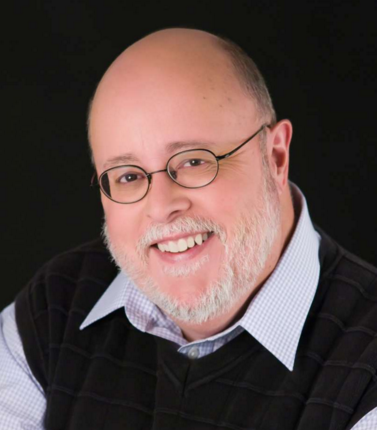Do you feel safe when you fly?
Forget about exploding jet engines, cracked aircraft windows and clear-air turbulence. What about terrorists?

We haven’t seen a domestic case of terrorists attacking jetliners in years, thanks to increased scrutiny of passengers by the Transportation Security Administration.
From the moment you book a flight, you are being screened. If you’re on the “No Fly List,” you’d better switch your travel plans to Amtrak or MegaBus. And when you get to the airport, get ready for a full pat-down search.
But the last line of defense for airlines against terrorists is the Federal Air Marshal Service. Created in 1961 after a spate of skyjackings to Cuba, the air marshal program, now administered by the TSA, has grown to 3,000 marshals and an $800 million budget.
But the program is now in trouble.
The Government Accounting Office last year reported that even TSA could not demonstrate that FAM is effective or even served as a deterrent to potential threats. Since the program was expanded (from 33 marshals before 9/11), air marshals have not made a single terrorist arrest, though the armed, undercover agents have thwarted several “disruptive passenger” incidents.
In April, a woman on a Delta flight from London to Salt Lake City jumped on an air marshal who had been supervising her because she overturned a drink cart. She was cuffed by another marshal for the duration of the flight and faces a year in prison.
In December 2005, air marshals shot and killed a man who claimed he had a bomb as he ran off an American Airlines flight in Miami. Ignoring calls to “stop” and “get down,” the shooting was declared “legally justified” in a 46-page report of the incident. The man had no explosives, but it was determined he had not taken his medication for a bipolar condition.
Even with 3,000 marshals, there is no way the TSA can cover the 42,000 daily flights in the U.S. There were no marshals on the trans-Atlantic flights containing shoe-bomber Richard Reid in 2001 or underwear bomber Umar Farouk in 2009.
Many criticize FAM for wasting time policing “flights to nowhere” on regional 50-seat aircraft when it’s the longer, bigger jets that need attention.
FAM is also sullied by low morale and accusations of alcohol abuse. Between 2002 and 2012, air marshals were arrested 148 times and charged with 5,000 cases of misconduct, including 1,200 cases of lost equipment — even their weapons.
If you travel for a living, imagine their job. They can’t sleep in-flight, suffer from the same delays as the rest of us and have to be ready on a seconds’ notice to discharge their weapons at 30,000 feet.
Some marshals say FAM’s problems are due to its ties with TSA. They suggest the service would be better off as part of Customs and Border Protection or the FBI.
But Robert MacLean — fired in 2006 by FAM for disclosing the service was reducing coverage of overnight flights, but returned to work after a 10-year legal fight — calls FAM “security theater serving absolutely no purpose other than showing they (TSA) are doing something.”
____________________
See also Jim Cameron’s other articles on air transportation:
- Look! Up in the Air!! And on the Train!!! Another Disruptive Passenger!!!! — Cameron on Transportation (Jan. )
- By 2020 You’ll Need a ‘Verified’ Drivers License If You Want It for ID Before a Flight: Cameron on Transportation (Dec.
- Check Out This Airline If You’re Going to France: Cameron on Transportation (July 28
- Think Air Travel’s Crazy? You Don’t Know the Half of It: Cameron on Transportation (Oct. 7
- Cramming Passengers on Planes Is Not Just Uncomfortable, It’s Also Unsafe (May 19
____________________
Jim Cameron has been a Darien resident for more than 25 years. He is the founder of the Commuter Action Group and also serves on the Darien RTM and as program director for Darien TV79. The opinions expressed in this column, republished with permission of Hearst CT Media, are only his own. You can reach him at CommuterActionGroup@gmail.com.

